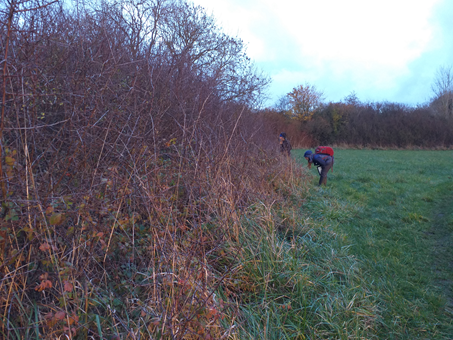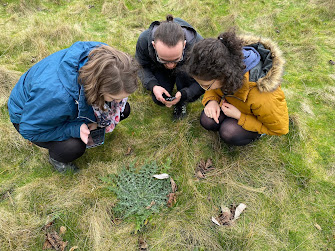Can species reintroductions be successful? The story of the lucky butterflies (part 2: Chequered Skippers)

Chequered Skipper history The UK's population of Chequered Skipper butterfly ( Carterocephalus palaemon ) has always been scarce. The only extant native populations are in ten core areas of West Scotland which seem to be stable. The English population, focussed around the East Midlands sadly declined until it went extinct in 1976. However, the Chequered Skipper conservation and reintroduction is another major success story in invertebrate conservation just like the Large Blue reintroduction . In May 2022, I was lucky enough to visit Fineshade Wood (Northamptonshire) to see the success of the Chequered Skipper reintroduction project. This is the only English population of Chequered Skippers after 40 years of being extinct. Chequered Skipper male butterfly (Bob Eade) Ecology The Scottish Chequered Skipper has different ecological requirements, including different caterpillar host plants and habitat types. Scottish specimens are located on open damp grassland, domin...
.JPG)


